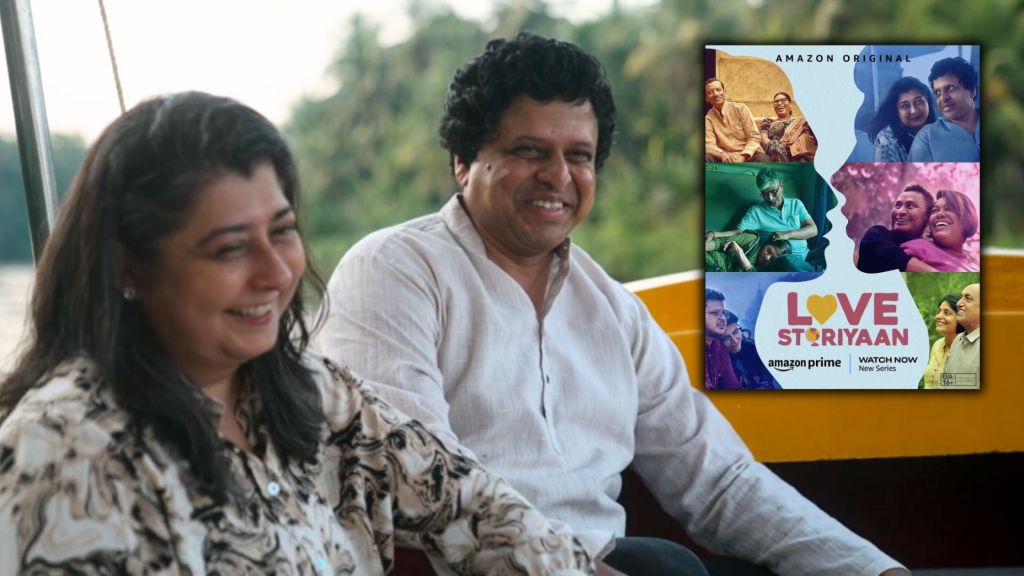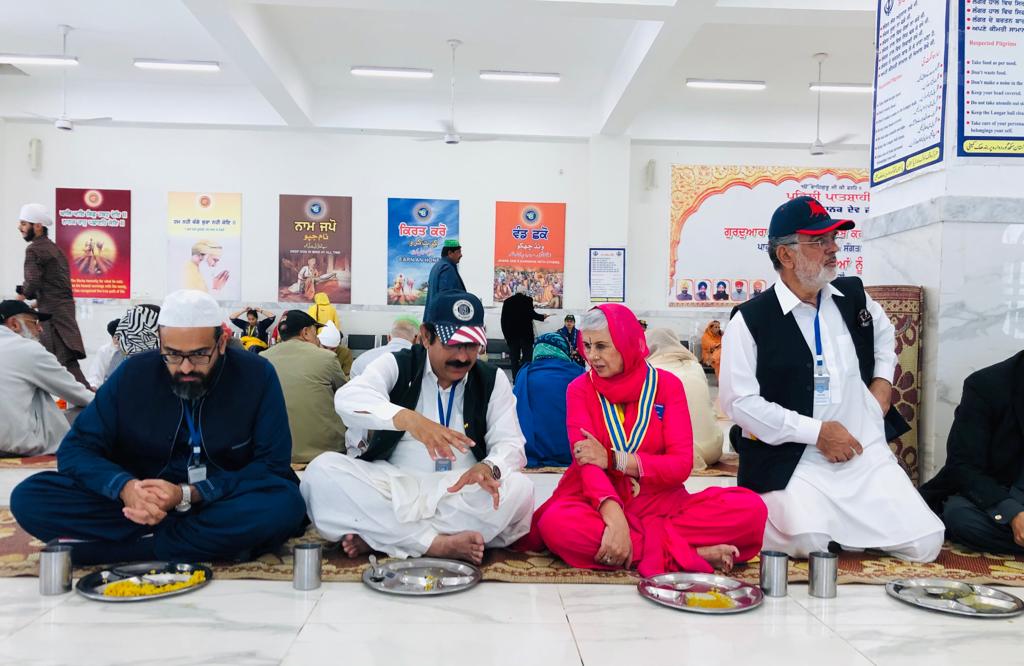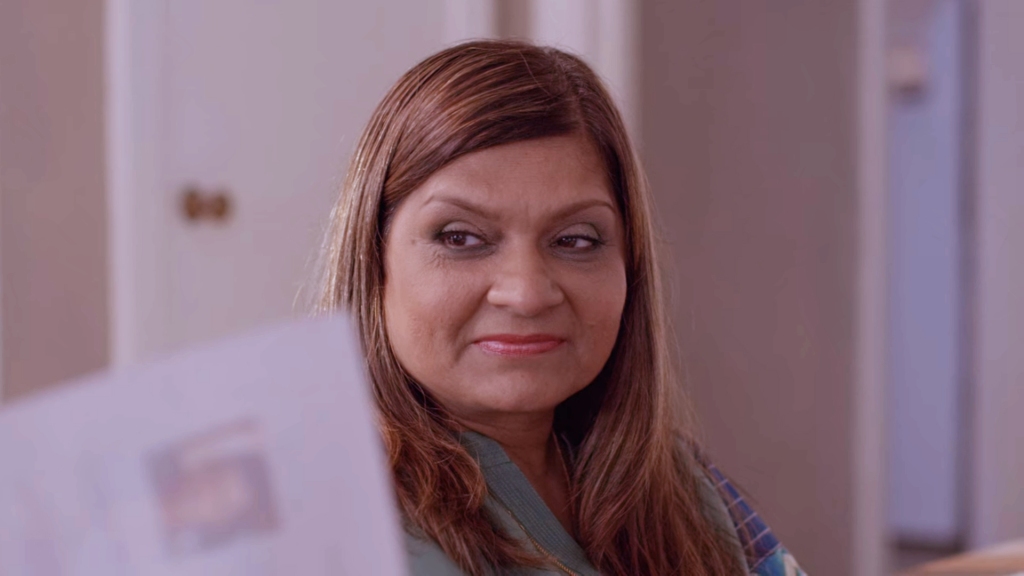Shoppers jostle for space on the crowded, dusty streets of Karol Bagh, one of Delhi’s oldest fashion districts. Amidst the mind-boggling array of garments, accessories, consumer durables and food stalls, stand some of the most reputed stalwarts of the sari industry in the north of India. If you’re in Delhi to shop for your wedding trousseau, you’ll probably find your way to at least one of these.
There’s a certain unchanged quality about these stores, an unhurried pace that hasn’t yet caught up with a modern generation with its head in its smartphones. The customer is expected to take a little time off her harried shopping experience, have a cup of tea, make small talk, while the salesman (always a man) pulls out saris from the neatly stacked piles behind him based on what he thinks you would like. Unlike modern stores, a customer cannot just walk up to a rack and hold up a garment on a hanger – the salesman is the key link to your dream sari.
Enter Sanya Dhir, one of the third-generation owners of Karol Bagh Saree House (KBSH), and the youngest of three sisters. Having completed a Bachelor’s in fashion retail from Pearl Academy, followed by a degree in fashion marketing from London School of Fashion and a course in luxury retail from Germany, the attractive 26-year-old is all fired up to modernise the art of sari retail in Delhi’s old world. “I feel like I have run a lot but I am still standing here,” she says of the conventional sari stores that dot the dense streets of Karol Bagh, but her words veil her accomplishments in the arena within just three years.
KBSH was born post-Independence when Dhir’s grandfather, who used to retail poplin cloth, collaborated with craftspersons to launch a sari shop of his own, ensuring that all stakeholders would grow in the process of rescuing dying crafts. Today, the company employs hundreds of people across three key centres: Lucknow, where they produce their commercialised, mass saris; Kolkata, where the workers specialise in Swarovski and resham work for high-end fabric; and Varanasi, where 600 workers churn out a bulk of KBSH’s products. They also have a smaller unit in Jaipur for fine gota patti work.
“Traditionally, sari houses were more of trading posts rather than brands,” educates Dhir, who has now categorised KBSH saris into three categories, from mass daily wear starting from a few hundreds of rupees, to designer wear that goes into lakhs of rupees per sari. “There was no concept of copyright: One sari shop would buy saris in bulk from another, put their own label on it, and sell it at a slightly higher margin. I was frustrated with this unorganised approach,” she adds.
Dhir – a theatre aficionado with several acclaimed performances under her belt – gets all excited when she talks about the brand’s mid-level line, Elements by Sanya Dhir. Designed for working urban women, the line offers zip-on saris, pre-pleated and stitched saris, sari ensembles that can be worn with pants and versatile tops in various kinds of digital, contemporary prints. “These are made for different body structures and come in different sizes, from 8 to 16, priced from Rs 6,000 to Rs 30,000. When we can have stylists and advisors for all kinds of brands and ensembles, then why aren’t there any sari advisors? Women today don’t even know how to tie the sari properly, and no one in the industry is interested in educating them. Here’s where we come in,” says Dhir, who has also introduced a luxury designer label, Sanya, to preserve rare Benarasi weaves and handwoven real-zari work. “The idea is to make the work profitable for the rural craftsperson. In the old scheme of things, they get the least amount of return in the entire production chain. But if they decide to move to more lucrative professions, you’ve lost a valuable art and talent and we’re all out of business. It’s crucial to keep them incentivized,” she shares.
Dhir, who had daily “Mahabharatas with her dad” in her first year of work, has also spearheaded www.kbshonline.com, which also offers customised blouses in different sizes and free petticoats and fall-stitching, for a global audience. She finds it frustrating when her clients demand ‘bling’ on saris without seeing the real value of the craft or weave. With her as the new face of sari shopping, this is going to be an interesting ride.

First published in the April 2013 issue of Atelier Diva









Leave a comment